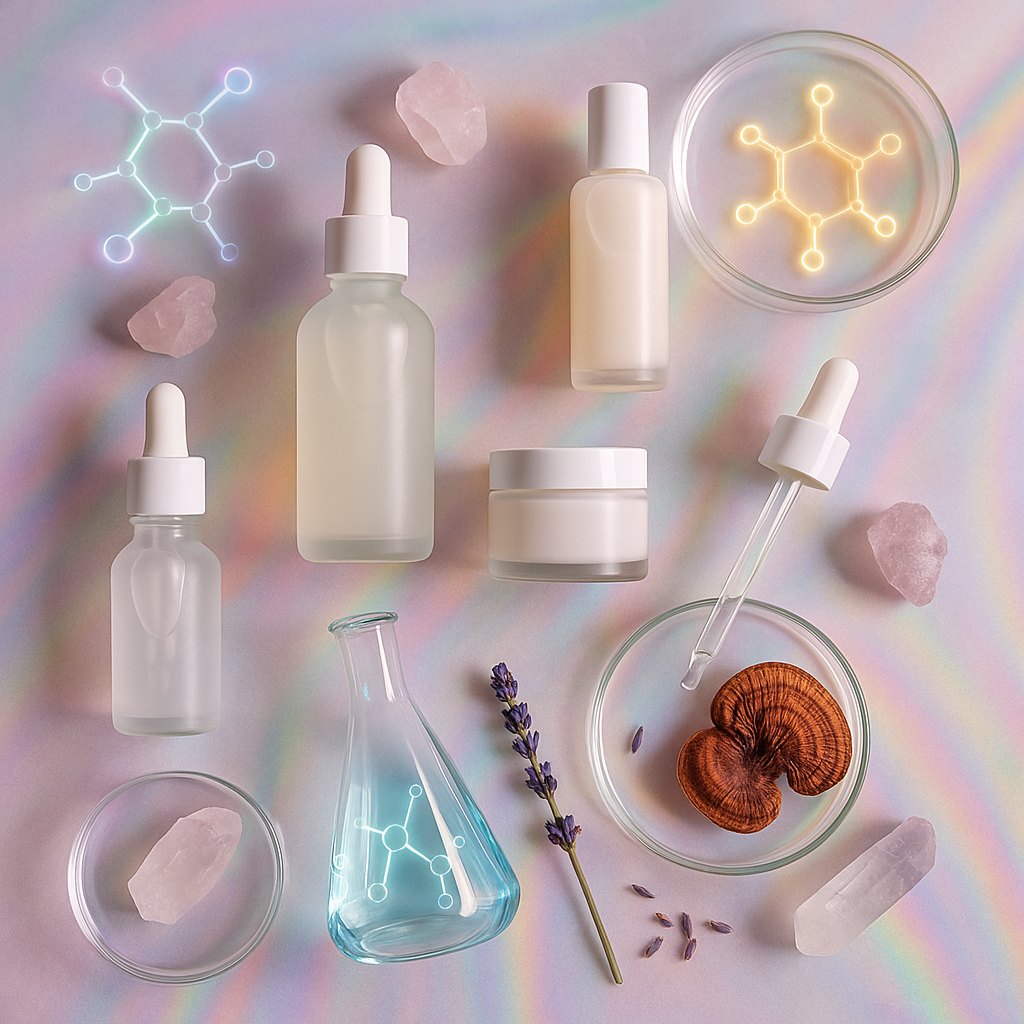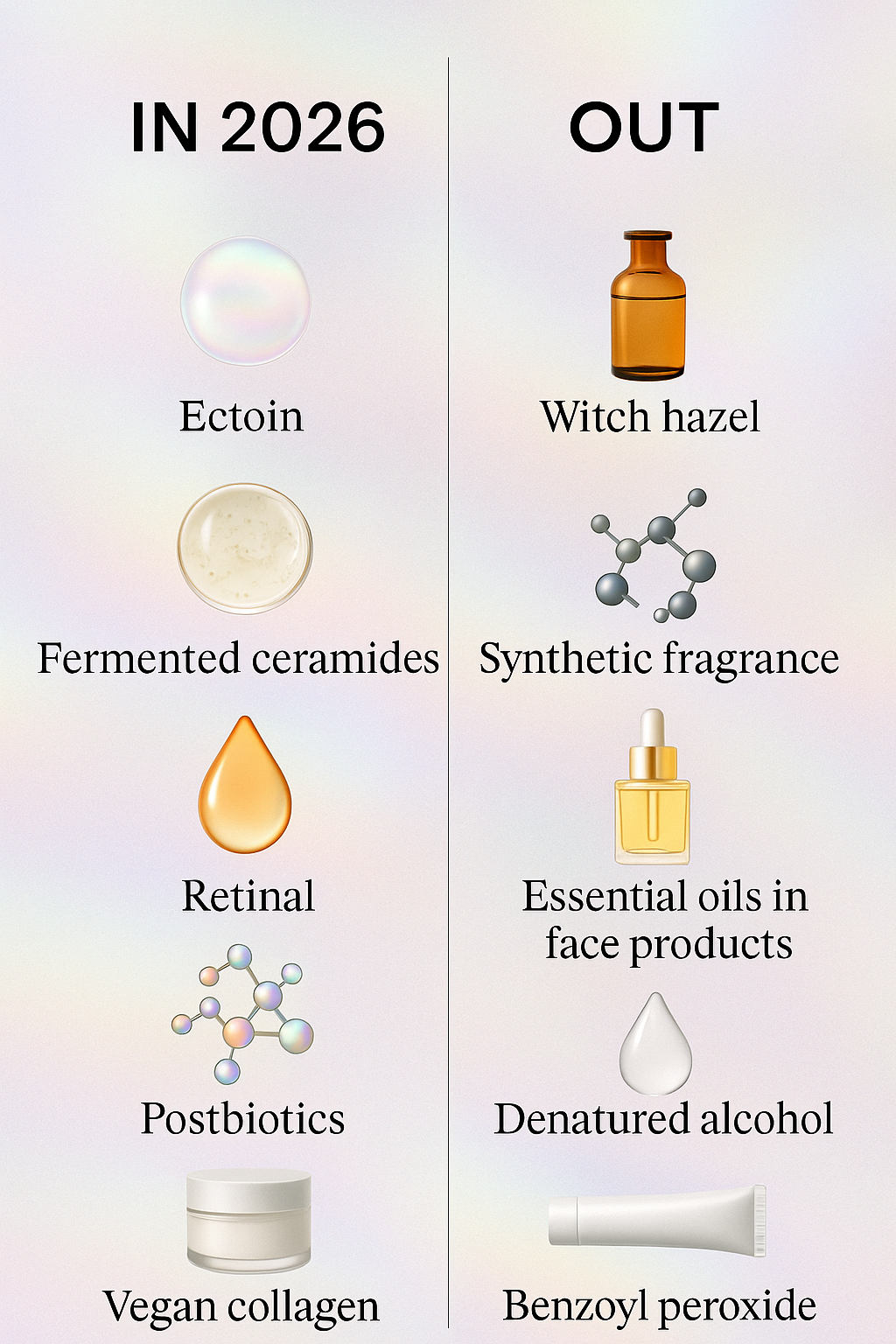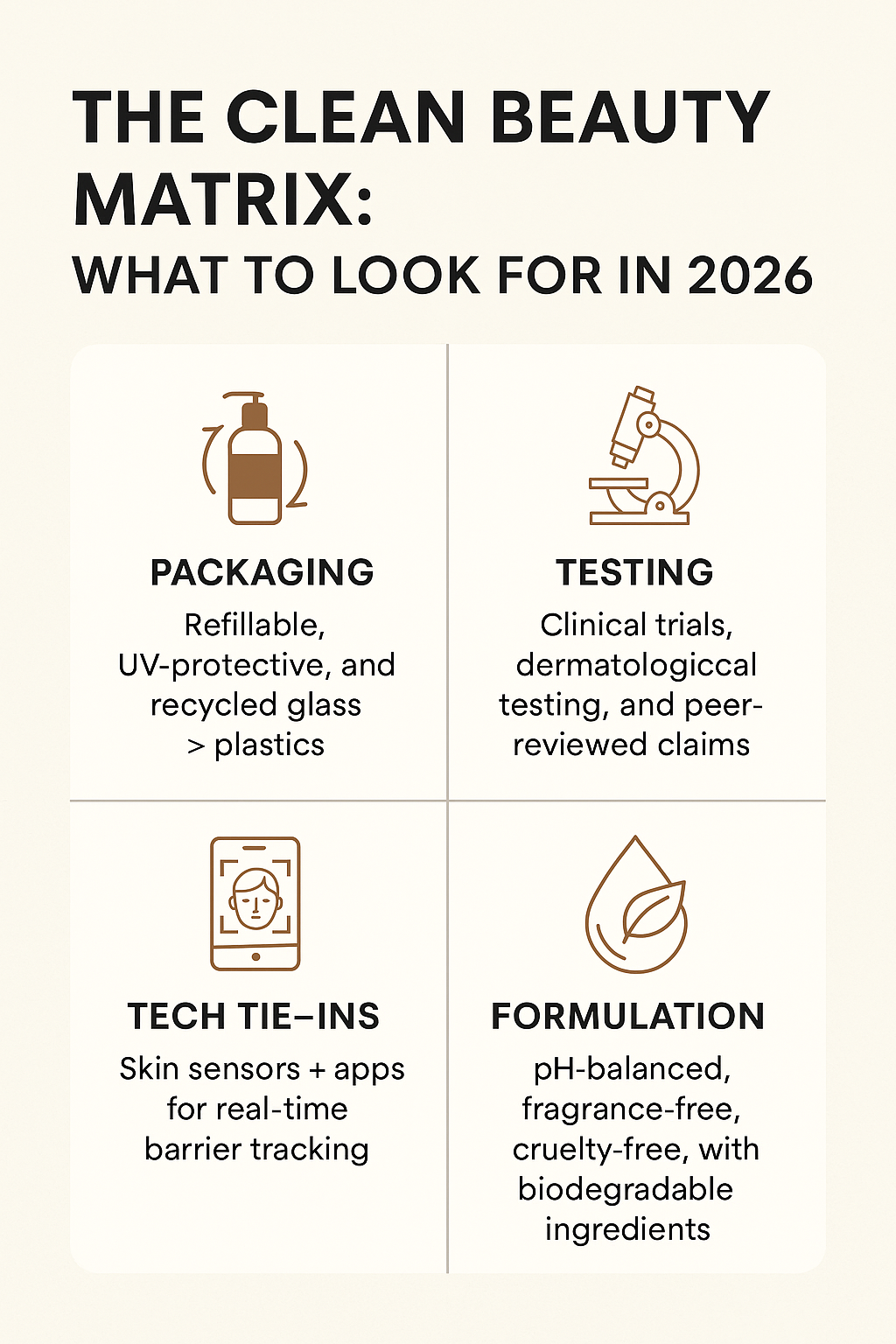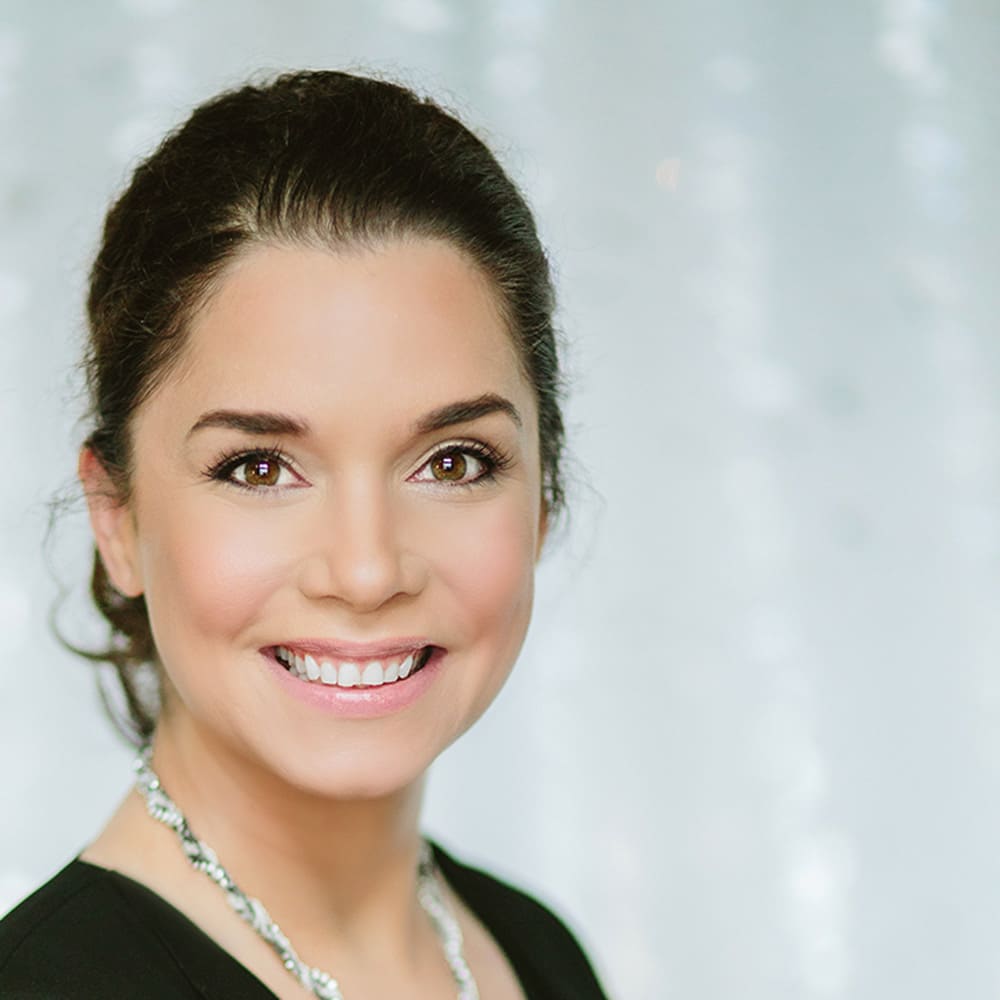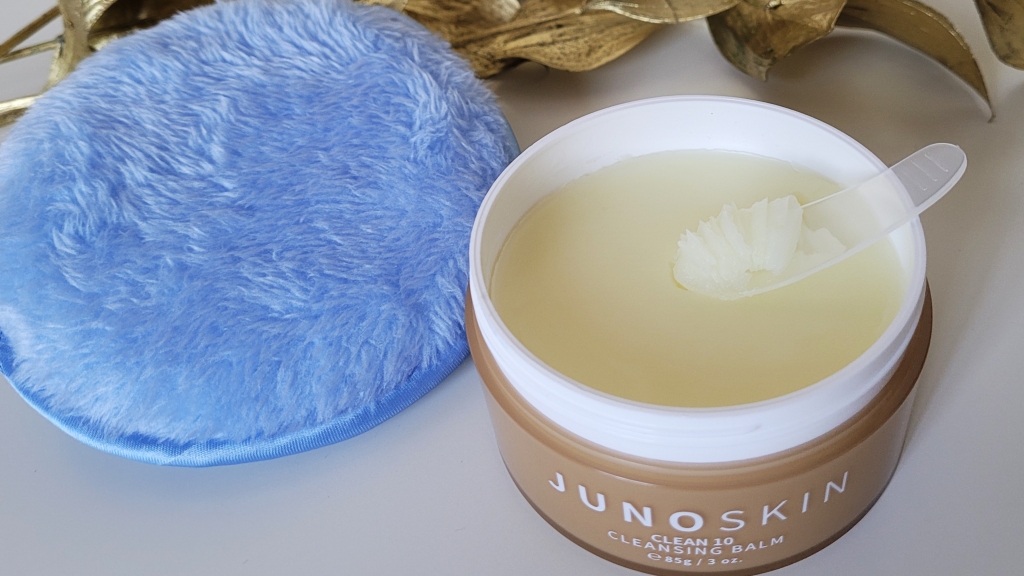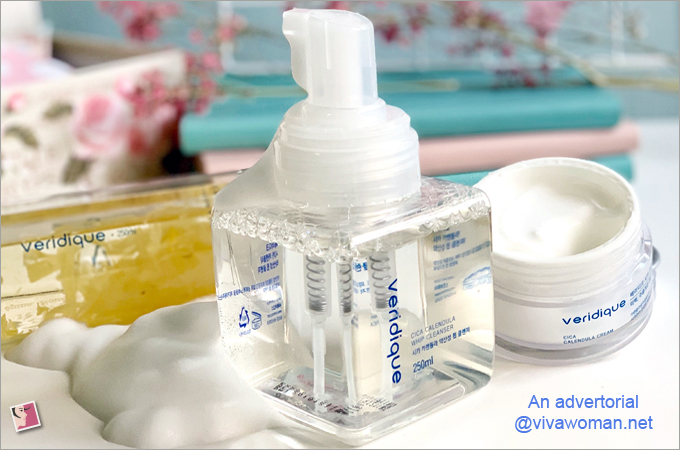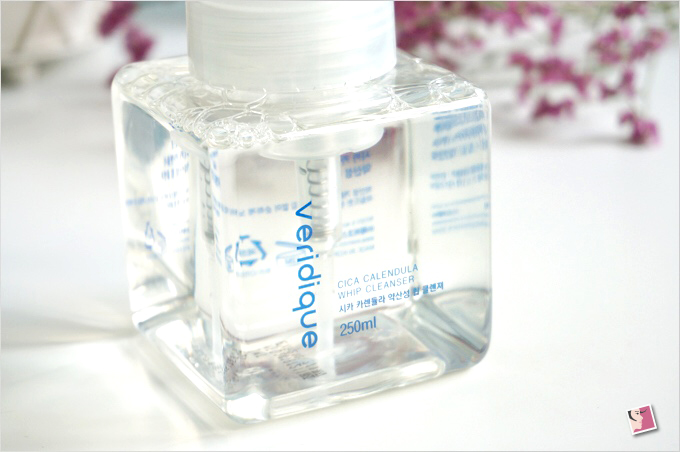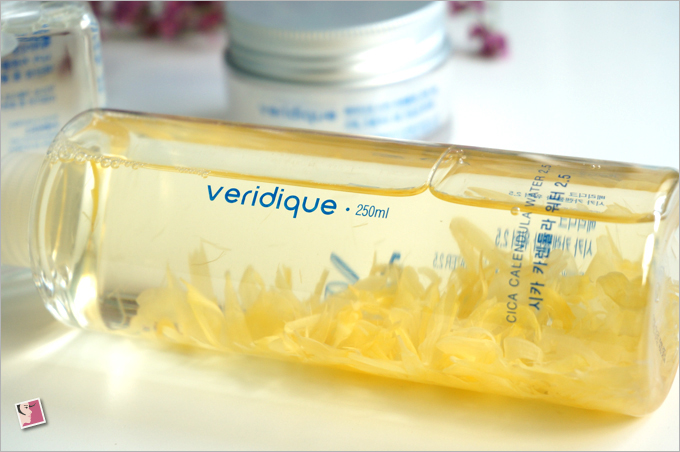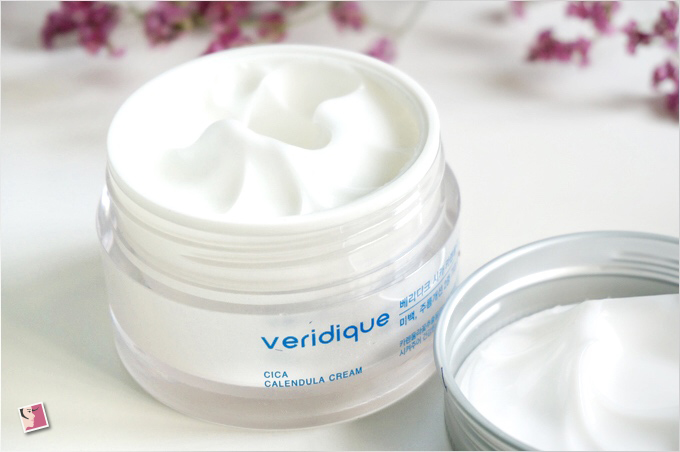I recently attended a masterclass with the lead makeup artist from NARS and loved learning about the classic smokey eye- using techniques passed down from Francois Nars himself! Of course I wanted to put my own spin on it and achieve the same look using clean. beauty products. Check out this video to see how and you can get more information and shop the products I used here. xx

